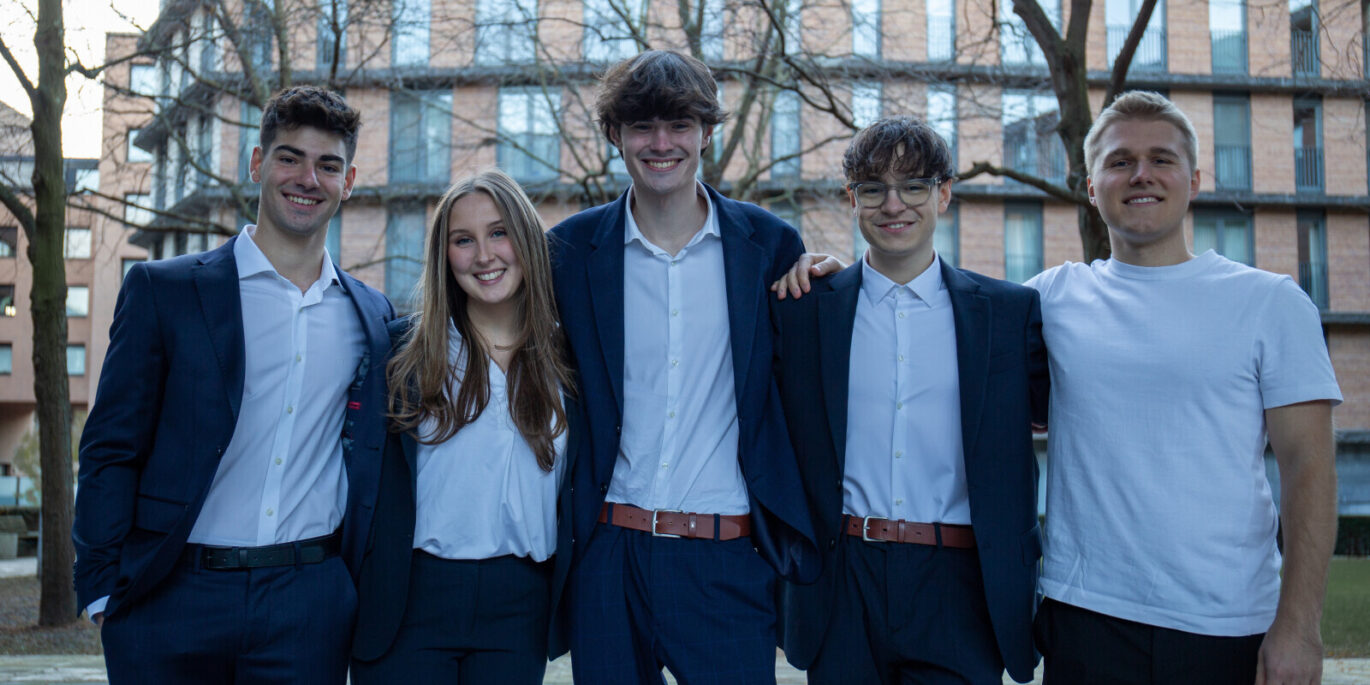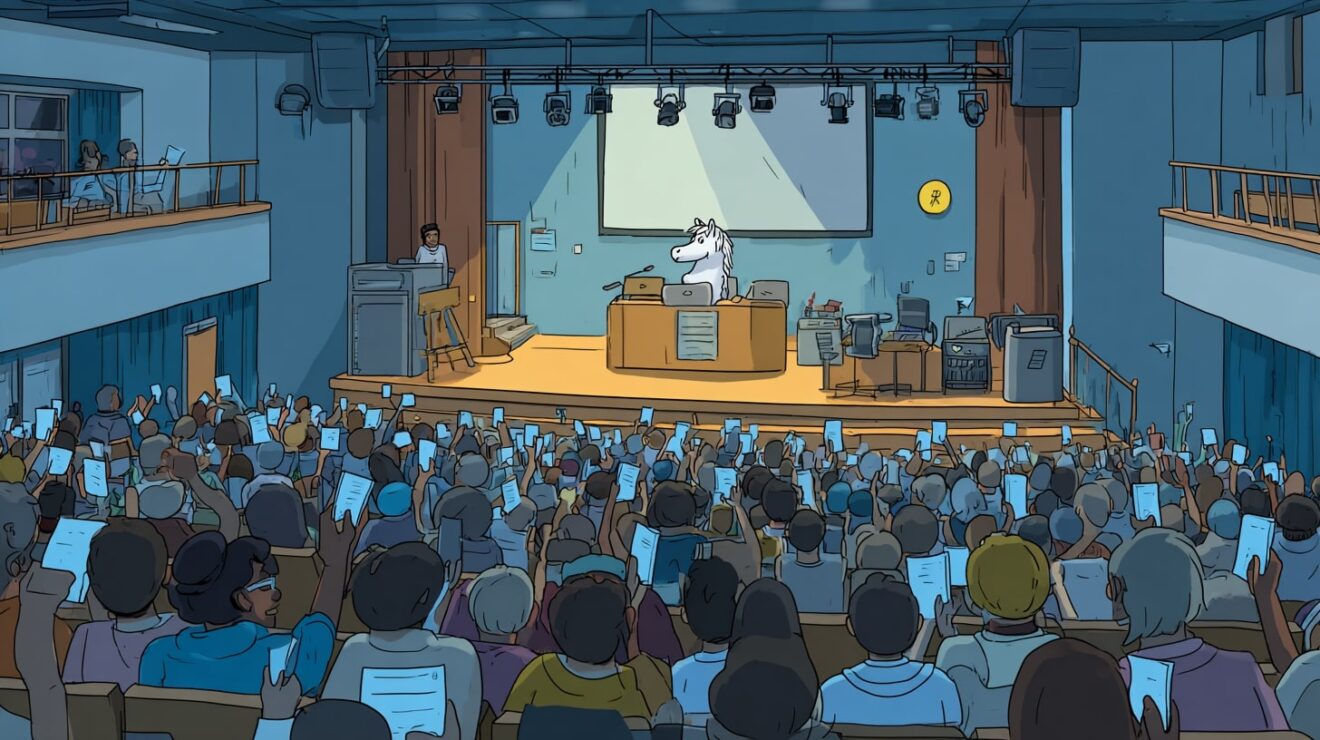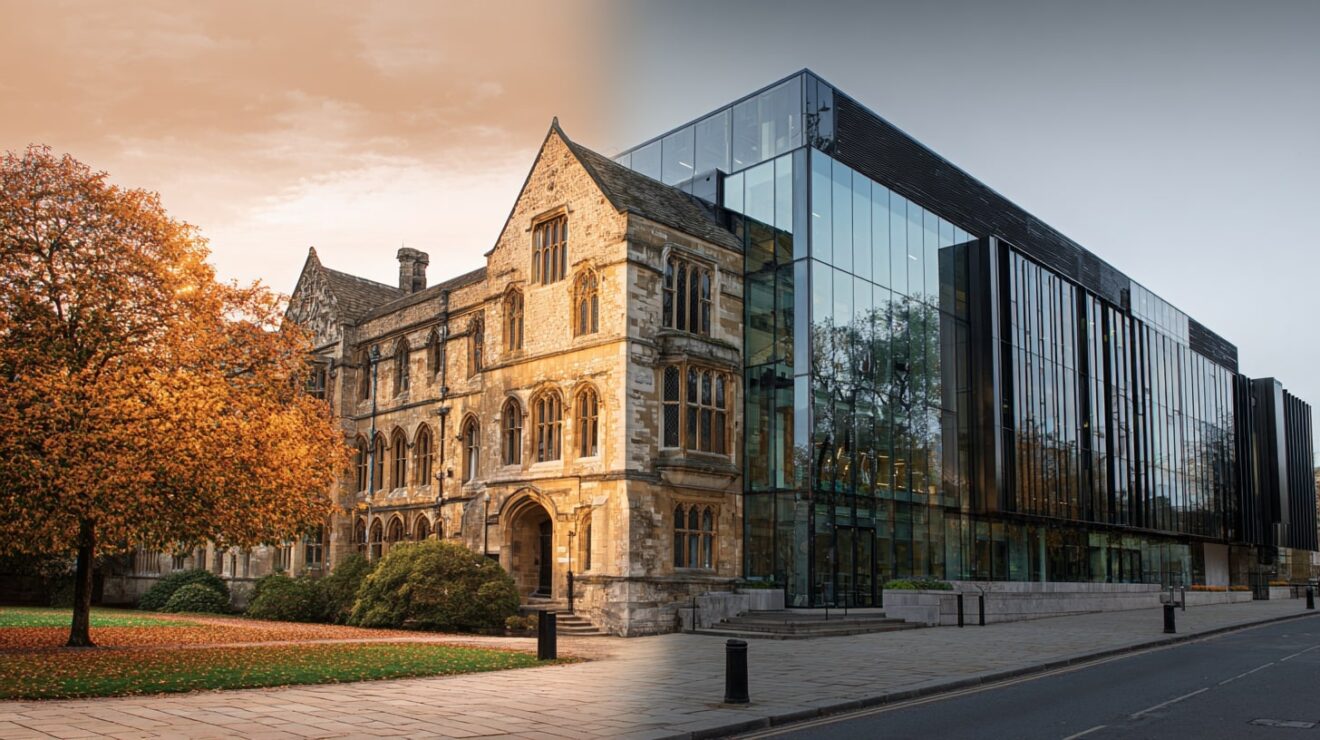A few weeks ago Jim and I had the privilege of working with officers across Scotland and decided to run a version of our “new rules” simulation.
For those unfamiliar, ‘new rules’ is where we ask teams to complete a strategic planning exercise for their made up student union or association thinking ahead to 2030.
Each group had different contexts to think about and we delivered them lots of opportunities and challenges throughout the day to push and pull at their plans. This meant tearing up the rule book on representation, democracy, welcome weeks, commercial services, everything.
After several hours, they presented their plans back to us, and here’s what we learnt.
Midsticks
At Midsticks University they redesigned their representation structures so that across their officer team there were groups of officers with various portfolios, all with similar levels of responsibility so nobody is more burdened with time than another.
It’s worth noting that at Midsticks they couldn’t pay their officers so they’re all elected part time volunteers.
By putting in more opportunities to volunteer throughout the year, Midsticks SU gives students the time to work with likeminded people, building belonging.
As part of their method of incentivisation, all volunteering hours can be redeemed for academic credit. Across all their roles they can embed a culture of student voice with more opportunities for volunteers.
The spreading out of responsibilities with more positions facilitates a space for students who are passionate about supporting students to come together and not be time poor because of the academic credit they receive. Everyone does something for others and receives credit for it.
Drecht
At Drecht University SU they had some similar and different rules, they couldn’t hold cross campus elections and couldn’t trade with students limiting their commercial arm.
They also had rich alumni buy them a building in the city, which they converted into office and study spaces, providing placement and employability opportunities.
This student and community building speaks to “Stan” in Antwerp where students are heavily involved in the city. The city gave students a building and set it up to do fundraising with corporations. During exam time there is an app to find a desk in the IKEA office in the city. Students are seen as partners in the city and community.
As the high street struggles to revive itself, there will be more opportunities for interesting things to happen in urban centres that make students part of the community, not visitors.
Blenheim
At Blenheim they had lots of goals around belonging, satisfaction with employment prospects, students being on the board of community associations and being student city of the year.
They had three pillars they wanted to focus on as part of their presentation: student learning and development, finance and community and belonging. With financial challenges, the team wanted to do more internships and have part time student staff to plan events and welcome week activities alongside a social enterprise bar and cafe with student workers.
To build community and belonging they would have mentoring, involvement with clubs and societies, supported by alumni networks and city wide partnerships where students would gain credit for volunteering.
The key takeaway from this group was that when everyone feels a part of it and everyone pitches in, belonging is built both amongst students but also in the city they’re in. It speaks to Jim’s analogy that school plays sell out but broadway plays don’t. When working with small groups, there is a feeling of “we’ve made it happen” which can be far more impactful.
With the alumni networks, it is worth thinking about the benefits of alumni beyond money but in time and knowledge – and how they can support current students and the opportunities to harvest good feeling that people want to give back.
Thistle Met
Finally, at Thistle Met they had a different democratic structure where Faculties elect 15 reps to go to a Student Representative Council, where 20 of them go to university senate and 20 go to executive committees related to education and welfare.
Their pillars were focused on welfare, student life, representation. They wanted to promote student ran businesses and enterprises with an employability strategy. For their course rep system, they wanted course reps to contextualise feedback that comes through existing feedback mechanisms.
To develop inclusive spaces and build communities they wanted a student life strategy that provides opportunities to develop and evolve, organise and campaign on issues, student enterprises and things like study spaces with microwaves.
For supporting students’ welfare, they wanted to look at building safe opportunities, safe environments, and wrap around support for students to overcome educational barriers. This included a cost of living strategy, alumni welfare team, gender based violence partnership strategy and an academic advice service.
What’s brilliant about having more students in the governance of charities and local community organisations is that it provides extra opportunities to change the way decisions are made when it comes to health, infrastructure, transport and housing.
I got new rules
The best thing about “new rules” is we get the opportunity to rethink everything about democracy, representation and student life and actually make them work for students now. So what can we takeaway from these hypothetical universities and their strategic plans:
- Time – if we want more students to be involved in volunteering, we need to give them the time to be able to afford to volunteer and in doing so give them opportunities to build belonging and develop employability skills and receive credit for it.
- Everyone does something – the more there is a culture of everyone does something for others and receive credit for it to show it is valued, the more we can bring students back into peer mentoring, course rep and volunteering schemes.
- Students as citizens – what more can you do to make students feel like citizens and not visitors in their towns and cities, there will be opportunities to do interesting things in urban centres in the coming years which makes them feel like they belong.
- Build belonging and community – when everyone feels part of something and everyone pitches in, students feel like they belong with other students and in the city they’re in.
- Active citizens – the more students are involved in the governance of charities and local community organisations, the more they can influence the ways decisions are made in local health, infrastructure, transport and housing and this changes the landscape of students as active citizens in the towns and cities they study and live in.
Some of these are big changes and they’re all hypothetical but there are real changes SUs can be looking at in innovating, increasing engagement and adapting services to the lived realities of students in 2024. As Dua Lipa said practice makes perfect.
Oh – and keep an eye out for New Rules in 2025, which will return in April.
Read More
- New rules – or no rules?
- When students are tutors belonging is built
- A new “civic healthcheck” for your uni and SU
- Could UK SUs help students “create tomorrow”?
- On elections, have we forgotten how to innovate?
- Active student involvement is key to a university’s academic success
- There are too many student reps in this country. And also not enough


















